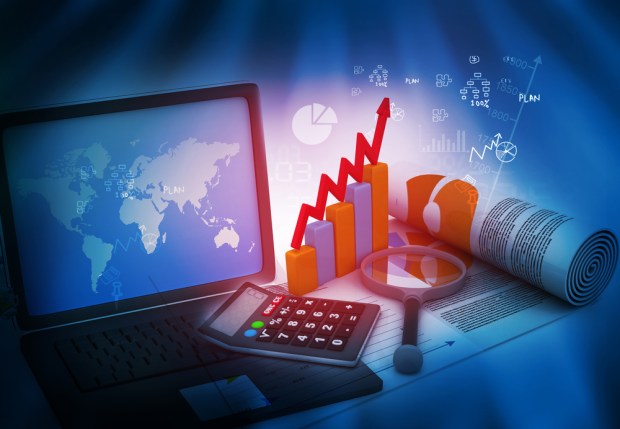VCs To Hunt In Barren Fields?

Money is pouring into the venture capital space like there’s no tomorrow, but that may be the giddiness of a wild ride before motion sickness sets in. Here’s why dry powder may not get the spark that everyone expects and what that means for payments firms.
There’s a disconnect between the unicorns and the people who hunt for them.
The fact remains that venture capital firms are in the midst of raising money at a level not seen in a decade and a half, and yet, as The Wall Street Journal noted this week, the valuations of some of the highest fliers in the land of startups have started to move back toward earth, which brings to mind Icarus and the sun.
But, before we mix metaphors and mythology much more, some numbers. One quarter into the year, in the United States alone, VC firms have grabbed $13 billion, a pace and level not seen since the heady dot-com days of 2000.
Among the marquee names bringing money in: Founders Fund just closed a $1.3 billion vehicle, its sixth, and will be concentrating efforts across a plethora of tech platforms. WSJ said that other firms are looking to raise capital, with Kleiner Perkins and Andreessen Horowitz among them.
But if the capital is coming in while actual sentiment in the field (via valuations) might be on the wane, with some obvious fears about exit strategies, two mutually exclusive things are at play.
In the first case, capital might be on the rise because of what might be optimistic ideas about macro-concerns — China and beyond — coming to rest and growth accelerating again. That would be the “dry powder” argument. The other argument is that it may be a cold winter starting this summer so best to gather acorns while ye may.
That’s on the investment side. What about the investee side? Grumbling abounds where skeptics (or even more jaundiced eyes) find succor in a rational market that should take valuations even lower and dubious business models themselves may disappear. With hesitation.
Despite dry powder, venture capital firms are unlikely to put up the returns that they have over the past decade, with 11 percent versus a little under 7 percent for S&P’s 500 Index, as estimated by Cambridge Associates (and in a period of rising interest rates, could other asset classes find favor?). The end result would be less money coming in through a downturn in the general markets.
Perhaps more importantly, for payments firms, the macro-winds may be even more telling than any market doldrums (though they will go hand in hand, eventually). Should the U.S. consumer, who has managed to hold onto some real sparks of resilience and who, most recently, almost single-handedly brought U.S. GDP growth above estimates in the fourth quarter, find it prudent to tighten the purse strings, eCommerce will suffer.
If eCommerce suffers, so will payments startups, which have to justify their existence through demand that may not be as robust as once it was.
Bringing companies public (and finally realizing paper gains as cashouts) is no longer a slam dunk for private firms, and the reverse may be a steadier business goal at some point — taking fallen unicorns private as valuations continue to slump and living off of cash flows, should there be any, until euphoria erupts anew.
